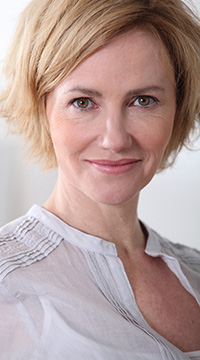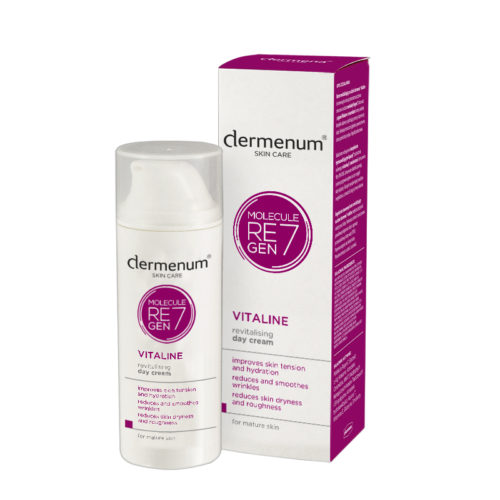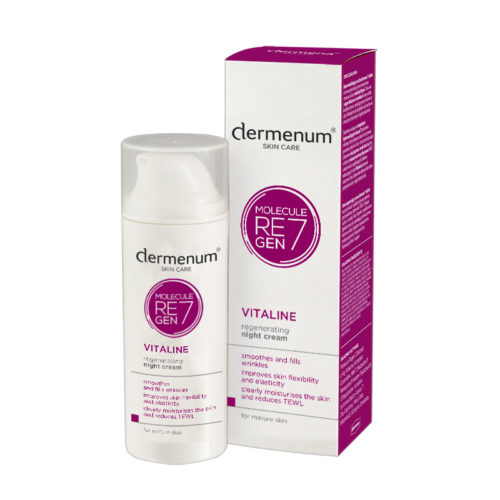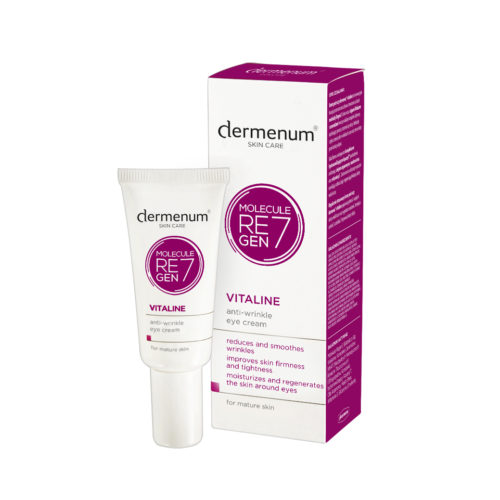Skin aging

Aging is inevitably associated with human life. This process is most clearly visible on the skin, which constitutes the external layer of the body. It involves irreversible changes in cellular structure and function, as well in the extracellular matrix providing a kind of scaffold for the cells. The life span of the particular cell types is varied. For the cells making up the epidermis, called keratinocytes, it amounts to ca. 28 days.
This time is equal to the time of epidermal renewal, starting from division of the keratinocytes, and ending with their exfoliation and separation from the skin surface. The remodeling process, in which old, used up parts are eliminated and replaced by new ones is essential for the normal function of the human organism. The aging process involves impairment of repair mechanisms counteracting structural and functional changes both in the cells and in the extracellular matrix.
The causes of aging are divided into endo- and exogenous ones.
The endogenous causes of aging are considered to be determined genetically, i.e. associated with activation of the particular genes. According to this theory, protein products of these genes cause impairment of the cellular functions and often death of the cells by apoptosis, also referred to as programmed cell death.
Another hypothetical cause of aging is shortening of the terminal deoxyribonucleic acid (DNA) fragments of chromosomes during the consecutive cell divisions. The enzyme regenerating these fragments, so-called telomeres, is active only in the earliest period of development, before birth. Therefore, after each division of the cell these fragments become shorter, thus creating the possibility of DNA damage.
Metabolic disturbances are believed to be another cause of aging, i.a. as a result of generation of free oxide radicals, which damage the cellular components. The production of natural moisturizing factor (NMF) is gradually reduced.
The appearance of wrinkles, associated with collagen depletion, is characteristic. The skin becomes thinner. The observed dryness of the skin is a result of reduced secretion of sebaceous and sweat glands. Absorption of hydrophilic substances is impaired. The fibroblasts demonstrate lower metabolic activity. The skin loses its elasticity and becomes less resistant to injuries. Disturbances of venous microcirculation and pigmentation develop. Discolorations of the skin and telangiectasias (distended blood vessels) appear.
The exogenous causes of skin aging include environmental factors. Special significance has been attributed to the effects of long-term exposure to UV radiation. Therefore, this type of aging of the skin is referred to as photoaging. The cumulative effect of radiation on the skin, overweighing the effectiveness of the repair mechanisms, leads to development of visible changes. Exposure to the sun undoubtedly accelerates the effect of exogenous skin aging.
The problem of skin aging becomes apparent at various ages in different individuals, but most frequently between 35 and 40 years of age. Above 40 years of age, its progression is already perceptible.
Skin above 40 years of age
In the fourth decade of life, the skin loses 30% of its water content, the cellular metabolism decelerates, and the wrinkles, as well as loss of skin firmness, become visible. The skin loses its flexibility and elasticity, and is poorly moisturized. The estrogen level decreases, which is immediately manifested on the skin by wrinkles, dryness and ugly color. The skin loses its firmness, the wrinkles become deeper and the contour of the face is no longer ideal. The wrinkles around eyes deepen significantly and the skin of the lower lid is very dry. Also the quality of the skin around the mouth and of the lips themselves markedly deteriorates – is thinner, and visible grooves appear on the lips.
Prevention of skin aging symptoms
Appropriate diet, with correctly balanced qualitative and quantitative content of protein, fat, carbohydrates, micro- and macroelements, as well as vitamins, plays an important role in the prevention of skin aging symptoms. These substances serve not only as building material indispensable for epidermal regeneration, but also as essential components of the enzymes responsible for normal function of the skin. They should be supplied in natural products. The role of appropriate level of physical activity, improving blood supply to the skin, should also be mentioned.
In prevention of skin aging symptoms, particular care should be taken to avoid irritating factors and use UV radiation filters. It is important to select appropriate vehicles for skin care products and to use gentle preparations, favorable for epidermal regeneration. The active substances used in mature skin care should provide deep and long-lasting moisturization, nutrition and stimulation of cellular regeneration and collagen production. They should have smoothening and refreshing effect, as well as protect the skin against free radicals and UV radiation.
To delay the moment when wrinkles appear, or to prevent the formation of further ones, appropriate anti-wrinkle preparations should be used.
dermenum® vitaline is a line of products developed especially for women, who desire to enjoy a young and fresh look for as long as possible.
dermenum® vitaline is an innovative anti-wrinkle treatment based on patent protected Regen7 molecule, which along with Wakame algae and ceramides, creates a unique active complex delaying the skin ageing process. dermenum® vitaline dermocosmetics offer a multi-level care for mature and sensitive skin with tendency to drying and with visibly reduced firmness and flexibility.
Recommended products
dermenum® VITALINE REVITALIZING DAY CREAM
- improves skin tension and hydration
- reduces and smoothes wrinkles
dermenum® VITALINE REGENERATING NIGHT CREAM
- fills and smoothes wrinkles
- improves skin firmness and elasticity
dermenum® VITALINE ANTI-WRINKLE EYE CREAM
- reduces and smoothes wrinkles
- improves skin tightness and firmness


